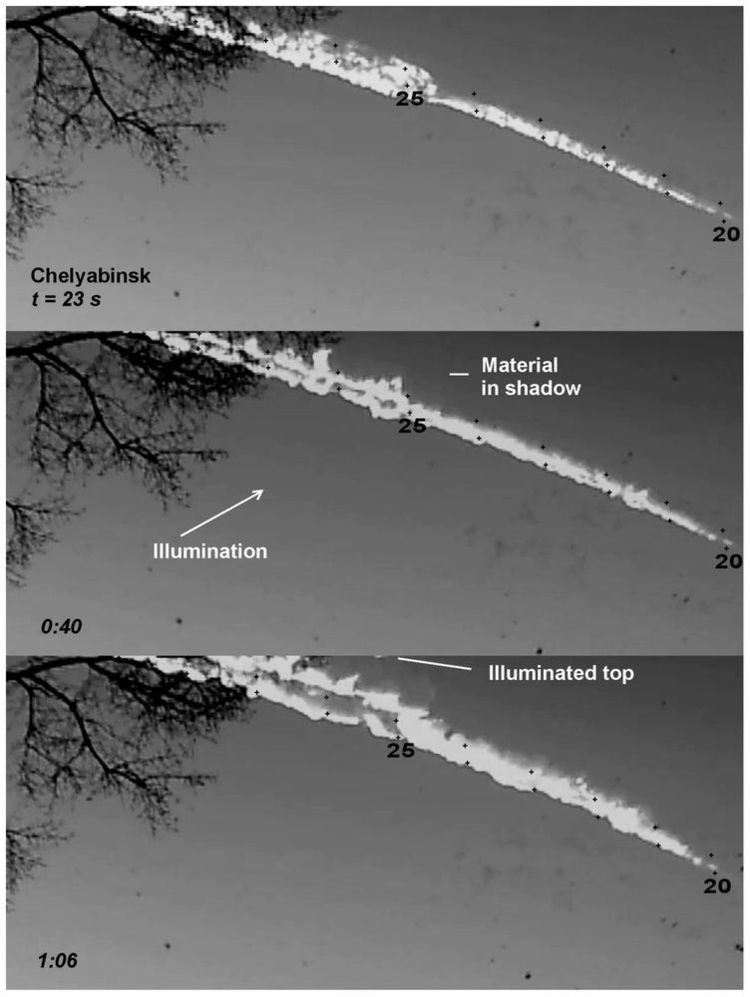Discovered by LINEAR Discovery date 14 July 1999 Alternative names 1999 NC43 Orbital period 851 days Aphelion 2.78 m | Discovery site Lincoln Lab's ETS MPC designation (86039) 1999 NC43 Minor planet category Apollo · NEO · PHA Discovered 14 July 1999 Inclination 7.1225° | |
 | ||
Similar 2013 YP139, 2008 KV42, 2201 Oljato, 2000 EM26, 2014 OL339 | ||
(86039) 1999 NC43, is an eccentric, rare-type asteroid, suspected tumbler and relatively slow rotator from the group of Apollo asteroids. It is classified as near-Earth object and potentially hazardous asteroid, and measures approximately 2.2 kilometers in diameter. The asteroid was discovered on 14 July 1999, by the U.S. Lincoln Near-Earth Asteroid Research (LINEAR) team at Lincoln Laboratory's Experimental Test Site, Socorro, New Mexico, at an apparent magnitude of 18, using a 1.0-meter reflector.
The rare Q-type asteroid is one of only 20 characterized bodies of this spectral type in the SMASS taxonomic scheme. It has a well-determined orbit with an uncertainty of 0. The body orbits the Sun at a distance of 0.7–2.8 AU once every 2 years and 4 months (853 days). Its orbit has an eccentricity of 0.58 and an inclination of 7° with respect to the ecliptic. The first observation was made by the Catalina Sky Survey in June 1999, extending the asteroid's observation arc by one month prior to its discovery. Its Earth minimum orbit intersection distance is 0.0245 AU (3,670,000 km). Its most notable close approach to Earth will be on 14 February 2173 at a distance of 0.03361 AU (5,028,000 km). The asteroid also makes close approaches to Venus and Mars.
Several rotational light-curves were obtained from photometric observations by Czech astronomer Petr Pravec at Ondřejov Observatory and American astronomer Brian Warner at his private Palmer Divide Observatory, Colorado. The light-curve with the best result gave a rotation period of 7001344900000000000♠34.49±0.18 hours with an exceptionally high brightness variation of 1.1 in magnitude (U=n.a.). Pravec's alternative period of 122 hours was later not supported by Warner. However, there are still other periods possible due to sparse photometric data points. The asteroid is also suspected to be in a tumbling motion, which makes the determination of its period more complex. For an asteroid of its size, it is a relatively slow rotator.
According to the survey carried out by the Japanese Akari satellite, the asteroid has a high albedo of 0.35 and a diameter of 1.43 kilometers. Observations by the Keck Observatory in the thermal infrared gave a refined albedo of 0.13–0.14 with a larger diameter of 2.22 kilometers.
1999 NC43 is suspected to be related to the 20-meter Chelyabinsk meteor, which exploded as a bright fireball over Russia on 15 February 2013. Analysis showed similar orbits for both bodies and suggested that they were once part of the same object.
